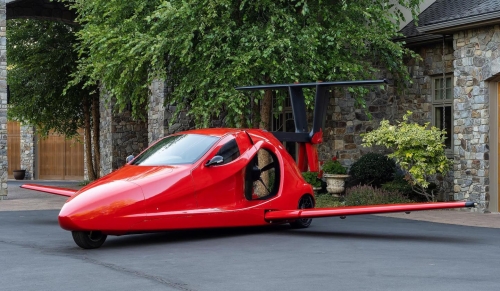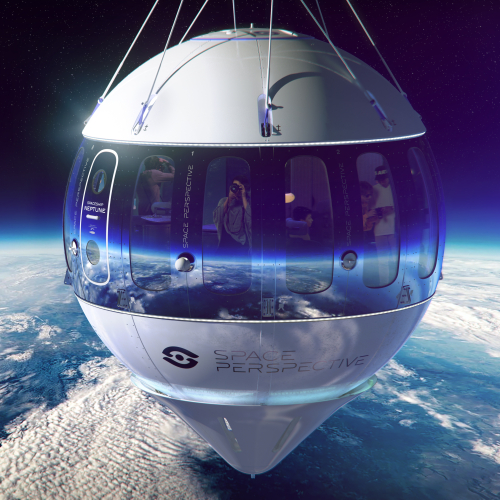Virgin Galactic once again delays commercial suborbital operations
Capitalism in space: In releasing its quarterly report, Virgin Galactic yesterday revealed that it is once again delaying the start of commercial suborbital operations, pushing back from the first quarter of 2023 to the second quarter.
In an earnings call, company executives said that the latest delay was not directly related to supply chain and staffing problems it blamed for the previous delay. Instead, refurbishment work on its WhiteKnightTwo plane, VMS Eve, was taking longer than planned. “The driver is around the amount of time it is taking us to accomplish the work scope on Eve,” said Michael Colglazier, chief executive of Virgin Galactic. “We did not plan the full amount of time that’s been needed to get this work accomplished.”
Company officials also said they are shifting its customer emphasis, now focusing much more on “private and government researchers.” Let me translate: The public is not buying tickets, so Virgin Galactic hopes to convince the government to keep it afloat instead.
I predict this company will likely never fly any customers, and it appears the stock agrees, with the stock plunging in value, from $8.25 to $6.95 in less than a day.
Capitalism in space: In releasing its quarterly report, Virgin Galactic yesterday revealed that it is once again delaying the start of commercial suborbital operations, pushing back from the first quarter of 2023 to the second quarter.
In an earnings call, company executives said that the latest delay was not directly related to supply chain and staffing problems it blamed for the previous delay. Instead, refurbishment work on its WhiteKnightTwo plane, VMS Eve, was taking longer than planned. “The driver is around the amount of time it is taking us to accomplish the work scope on Eve,” said Michael Colglazier, chief executive of Virgin Galactic. “We did not plan the full amount of time that’s been needed to get this work accomplished.”
Company officials also said they are shifting its customer emphasis, now focusing much more on “private and government researchers.” Let me translate: The public is not buying tickets, so Virgin Galactic hopes to convince the government to keep it afloat instead.
I predict this company will likely never fly any customers, and it appears the stock agrees, with the stock plunging in value, from $8.25 to $6.95 in less than a day.



